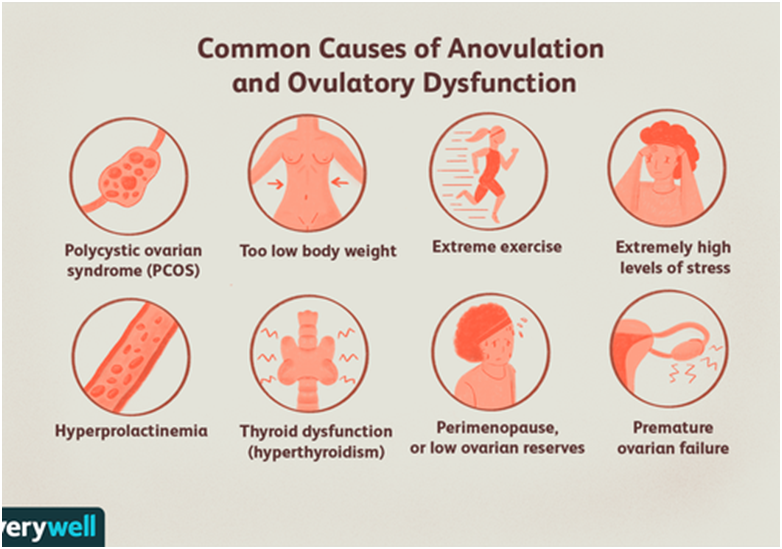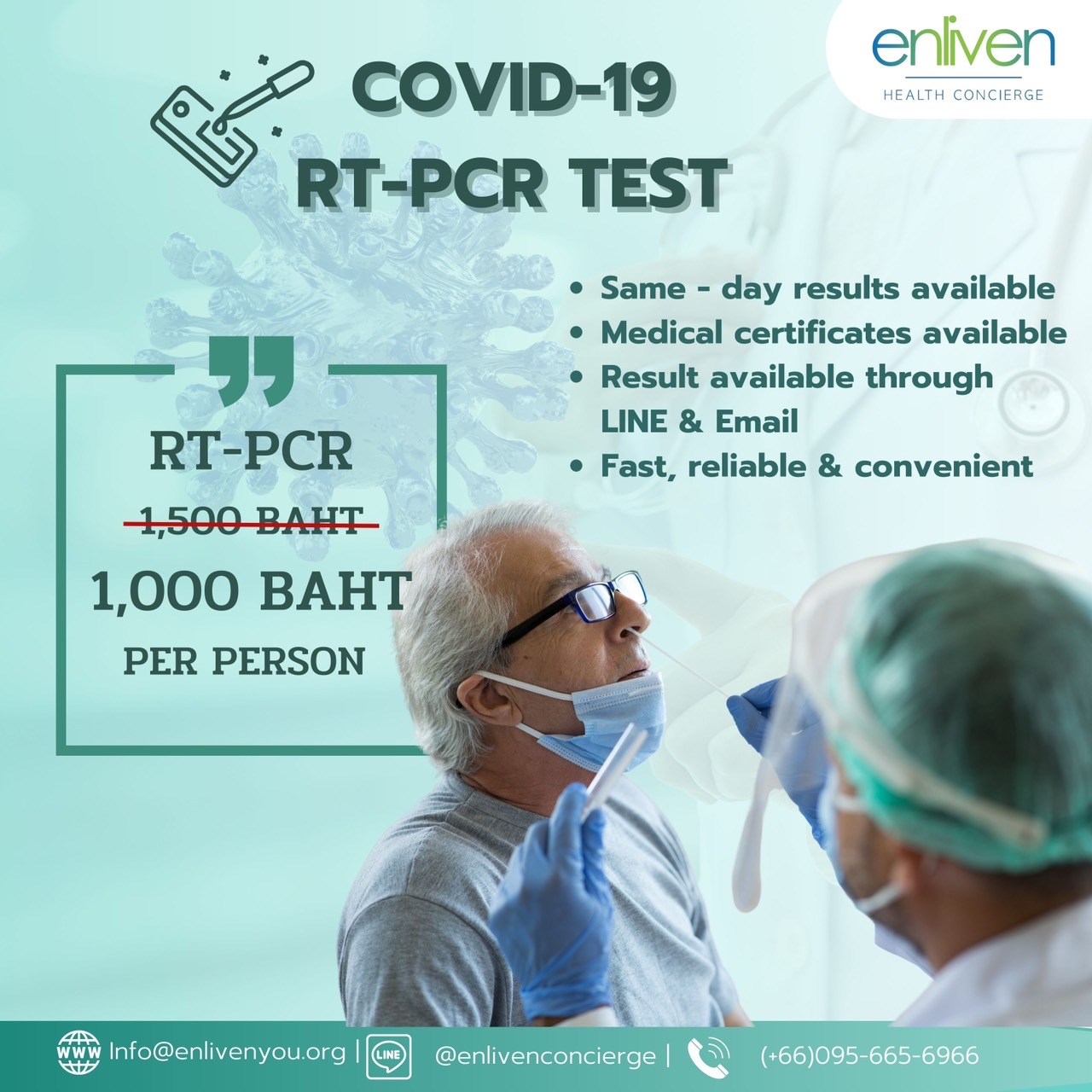– by Pirunrat Nathchayanonth (Yori), Client Coordinator
We don’t hear about anovulation often. All we hear about is menopause and that usually happens in your late 40s, but my very close friend experienced anovulation before she even turned 30.
Anovulation is the lack or absence of ovulation (the release of an egg). It is a common cause of infertility and is often the result of an imbalance of the hormones that cause a woman to ovulate, and maybe part of the condition polycystic ovary syndrome (PCOS).

My friend noticed that her period is irregular, but she didn’t pay much attention to it until she wanted to plan a family after the age of 30. When she went to get her eggs checked the reality hit. She was running out of time. Her egg count was low and if she ever wanted a baby in the future, she would have to freeze her eggs now. Fast forward a few years later and she hasn’t implanted them yet, but they are safe and sound for when she is ready.
But really, can we stop producing eggs?
“At birth, there are approximately 1 million eggs; and by the time of puberty, only about 300,000 remain. Of these, only 300 to 400 will be ovulated during a woman’s reproductive lifetime. Fertility can drop as a woman ages due to decreasing number and quality of the remaining eggs.” – Cleveland Clinic (https://my.clevelandclinic.org/health/articles/9118-female-reproductive-system#:~:text=At%20birth%2C%20there%20are%20approximately,quality%20of%20the%20remaining%20eggs.)

1 million eggs sounds like a lot, so how are we running low so fast? Every month when we have our period, we losean average of 1,000 eggs at a time. But I thought we shed an egg a month? Well, yes, the mature one! The one that “travels through the fallopian tubes to the uterus waiting for to be fertilized by a sperm. – Cleveland Clinic”
Interesting. I never knew about a thousand (immature) eggs. When I first had a discussion with her, I didn’t even believe it myself and she urged me to find out. “But how?,” I asked. She said by going to an OB/GYN and ask for a blood test that will tell you how many eggs do you have left. So easy!

“There are two good ways to measure egg count: an antral follicle count and an AMH (anti-Müllerian hormone) test. During an antral follicle count, a doctor uses ultrasound to count the visible follicles. Each follicle contains an immature egg that could potentially mature and ovulate. This test gives an idea of not only total egg count, but also of how many eggs a woman might be able to freeze during one cycle. This test is most meaningful at the beginning of a woman’s menstrual cycle.
AMH, on the other hand, is a protein hormone produced by special cells inside the follicles. The level of AMH in the blood can help doctors estimate the total number of follicles inside the ovaries, and therefore a woman’s total egg count. Because AMH levels stay basically stable throughout a cycle, the blood test can be performed at any time. A typical AMH level for a fertile woman is 1.0–4.0 ng/ml, but, depending on age, many women will be higher or lower than this range.”– Extend Fertility (https://extendfertility.com/your-fertility-3/egg-count/).
With advanced medical technology, if you plan to have a baby later but fear anovulation will happen to you, don’t worry. We are here to help. We have a range of specialists who can support you from initial consultation and examination to initiating IVF, to egg freezing procedure and stem cells harvesting.

If you are having troubles relating to your delicate area, do not hesitate to reach out. We work with a variety of OB/GYN specialists that can accommodate your needs 😊

